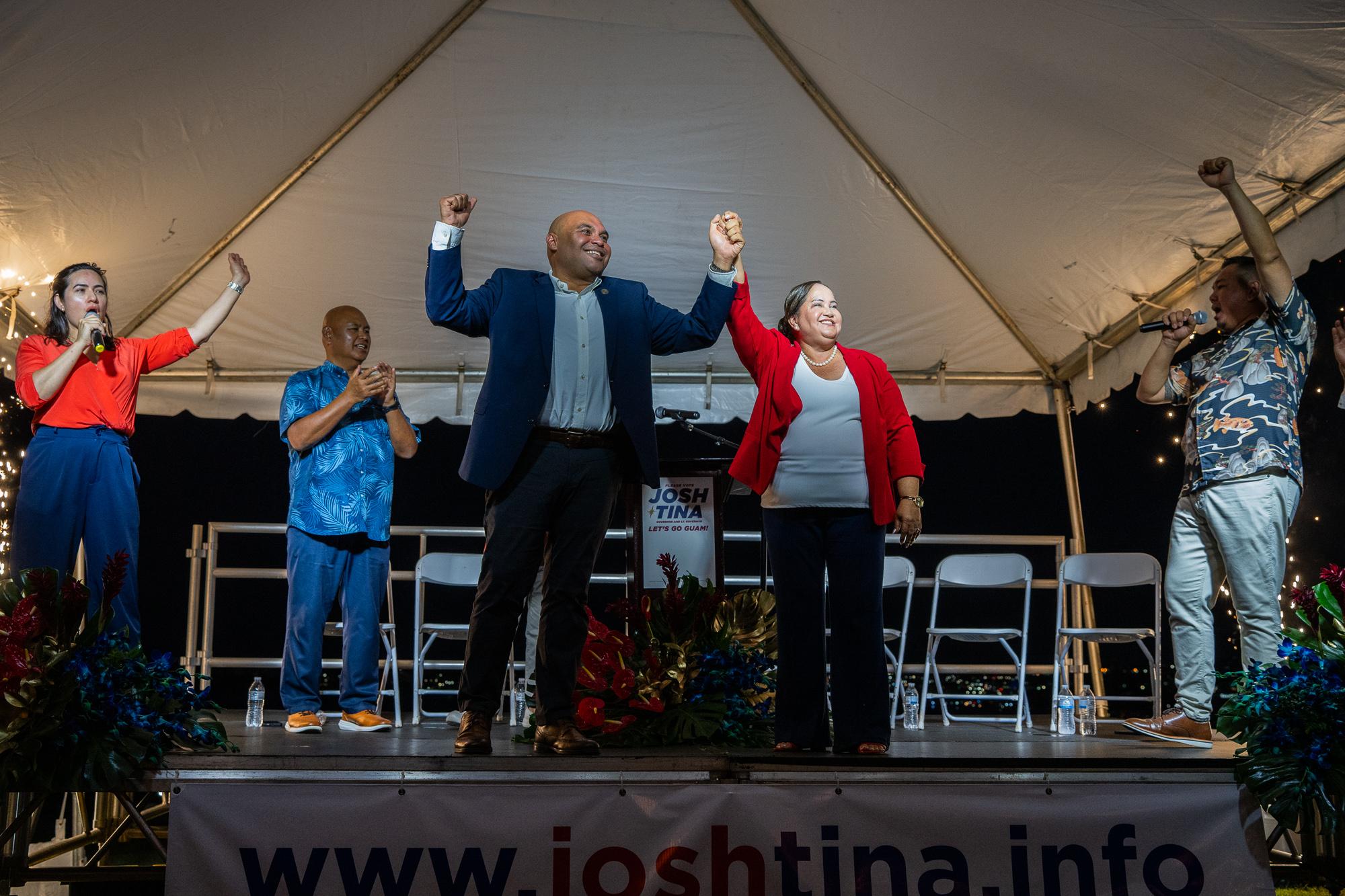BY PAULY SUBA
Journal Staff, Correspondents
Almost a year and a half after Typhoon Mawar struck Guam, many street signs and traffic lights still haven’t been replaced, creating challenges for residents and visitors navigating the island. The typhoon that swept through on May 24, 2023, left lasting damage across Guam, with street signs and traffic lights yet to be replaced.
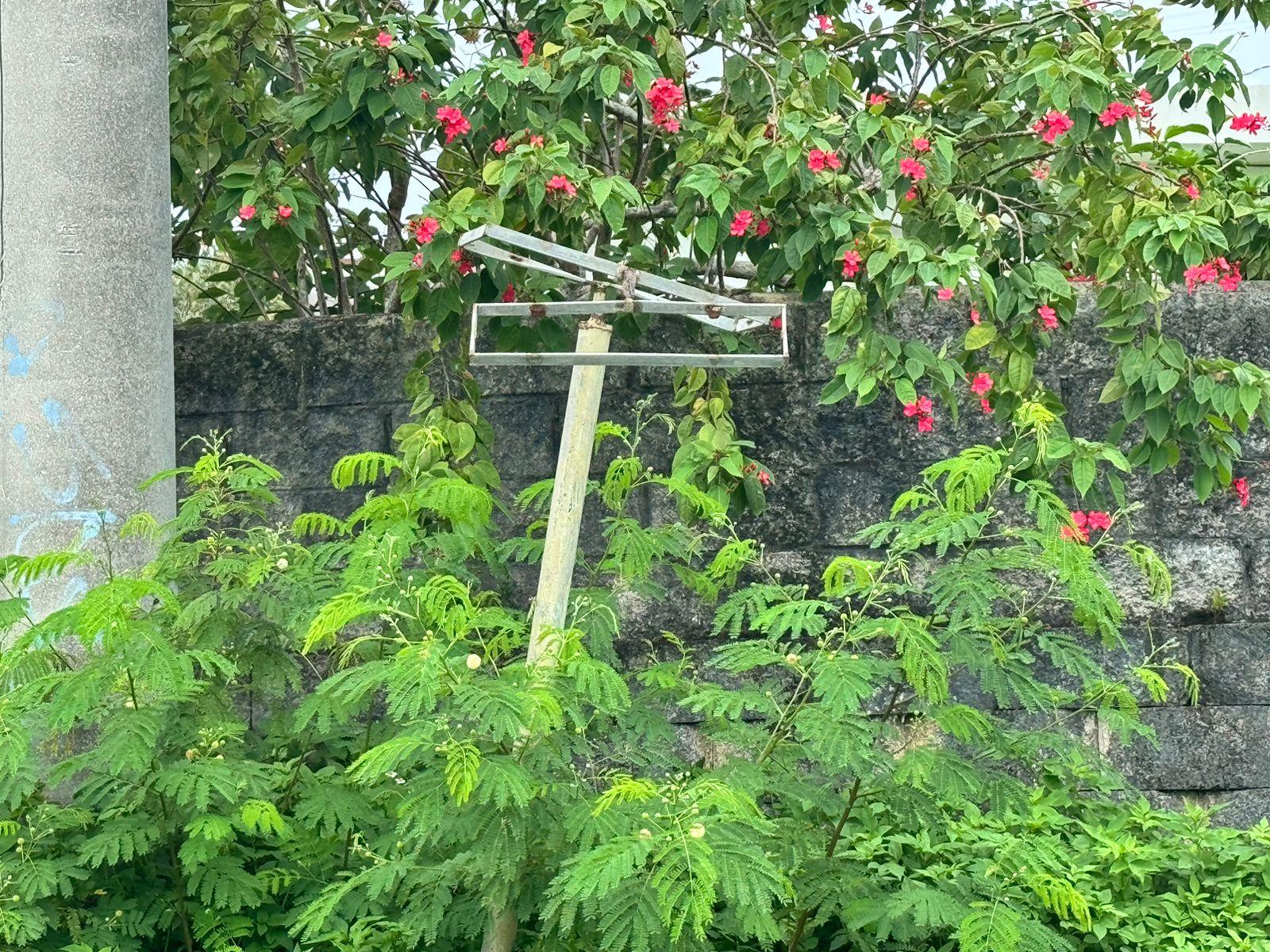
Before signage was widely introduced, people often relied on landmarks like coconut trees and bus stops to give directions. That often sparked jokes as well.

Vincent P. Arriola, director of the Department of Public Works, addressed road sign repairs at an Oct. 10 legislative hearing, citing extensive damage from Typhoon Mawar. “We have over 1,800 damaged or missing signs that happened before, during, and after the typhoon,” Arriola said. “We’ve got the funding for that from the (Federal Highway Administration) FHWA. They’ve graciously agreed to fund the construction, the replacement of these signs.” Arriola said DPW aims to establish a contract for repairs by year’s end, with work potentially extending into summer.
Patricia Feore, a realtor and associate broker with RE/MAX Diamond Realty, highlighted the issues caused by errors and inconsistencies in house numbering and street names, following the Guam Department of Public Works digitization of house numbers. Feore said the confusion has resulted in postal service delays, missed deliveries, and even complications in official services such as court filings and mortgage approvals. “I know of someone who had their house address from DPW and then went to USPS to apply for home delivery,” she said. “USPS told him that the address… doesn’t match what’s in their system.”
Feore said that agencies like the Guam Power Authority and Guam Waterworks Authority often rely on outdated addresses rather than updates from Department of Public Works. She shared an example where one rental property had seen three different addresses over the years, yet utilities and waste management services continued to use the oldest house number.
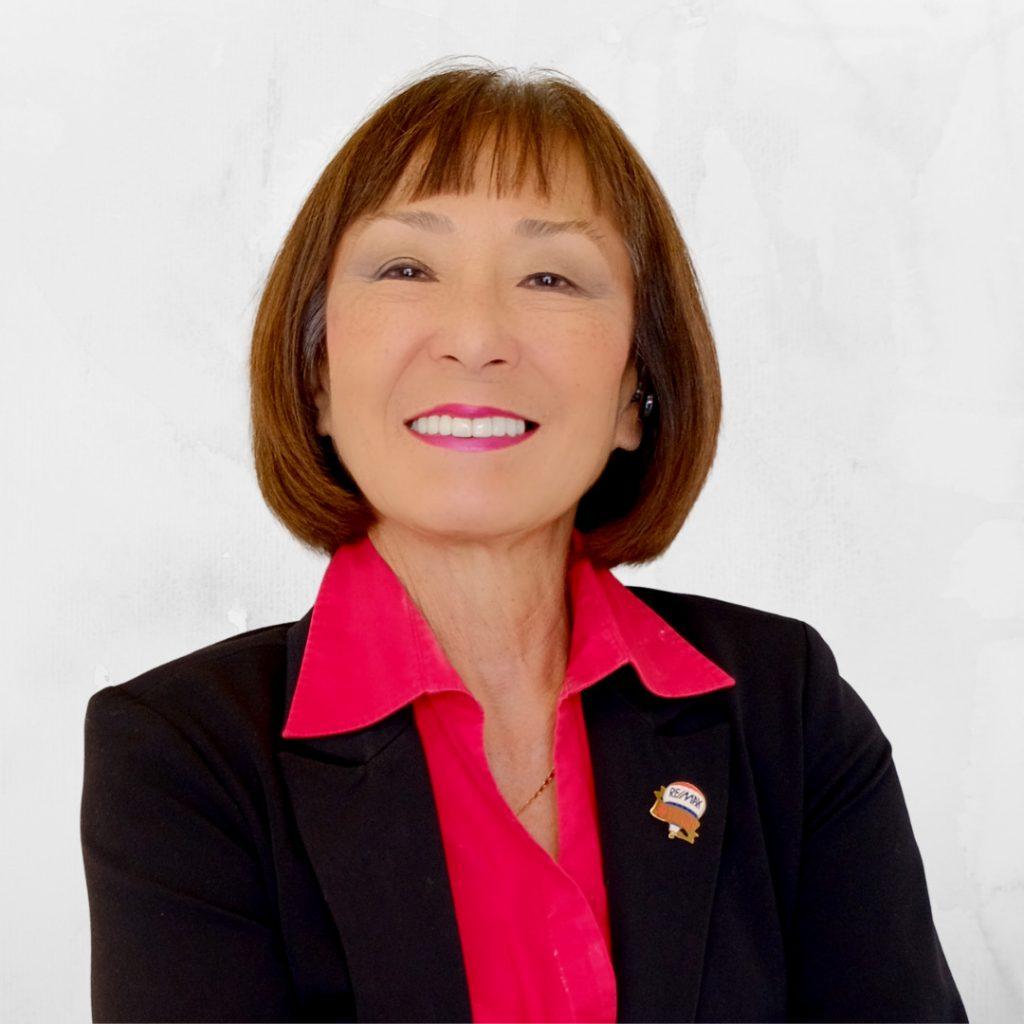
Feore also pointed to specific address conflicts impacting military housing, where business license applications require address accuracy, sometimes creating issues when DPW addresses don’t align with records held by other agencies.
For homeowners and businesses unsure of their house number, Feore recommended visiting DPW with necessary identification and ownership documents for verification. “Just be prepared to wait up to 30 to 45 minutes,” she advised. Feore said that DPW’s process is straightforward but could benefit from better public communication about address changes and coordination with agencies like the U.S. Postal Service, Internal Revenue Service, and Social Security Administration to reduce resident confusion.
While Feore hasn’t encountered formal disputes, she has witnessed clients’ emotional responses to changes in long-standing addresses. She shared the story of a client who, after more than 50 years at an address he’s always known as #169, was informed his house would now bear an even number, while homes across the street would be reassigned odd numbers. “He certainly was not happy,” she said.
Feore said these changes, though minor on the surface, have an emotional impact on long-time residents, as well as jokes. “I have certainly received lots of ‘Only on Guam’ comments and laughs,” she said.
Currently, homeowners and business owners can visit DPW’s Business License and Permit Center in upper Tumon to request number changes if their current address doesn’t align with DPW records. Changes are considered if there is evidence of historical use, though updates can be complex, especially if surrounding properties have adopted odd or even numbering patterns that conflict.
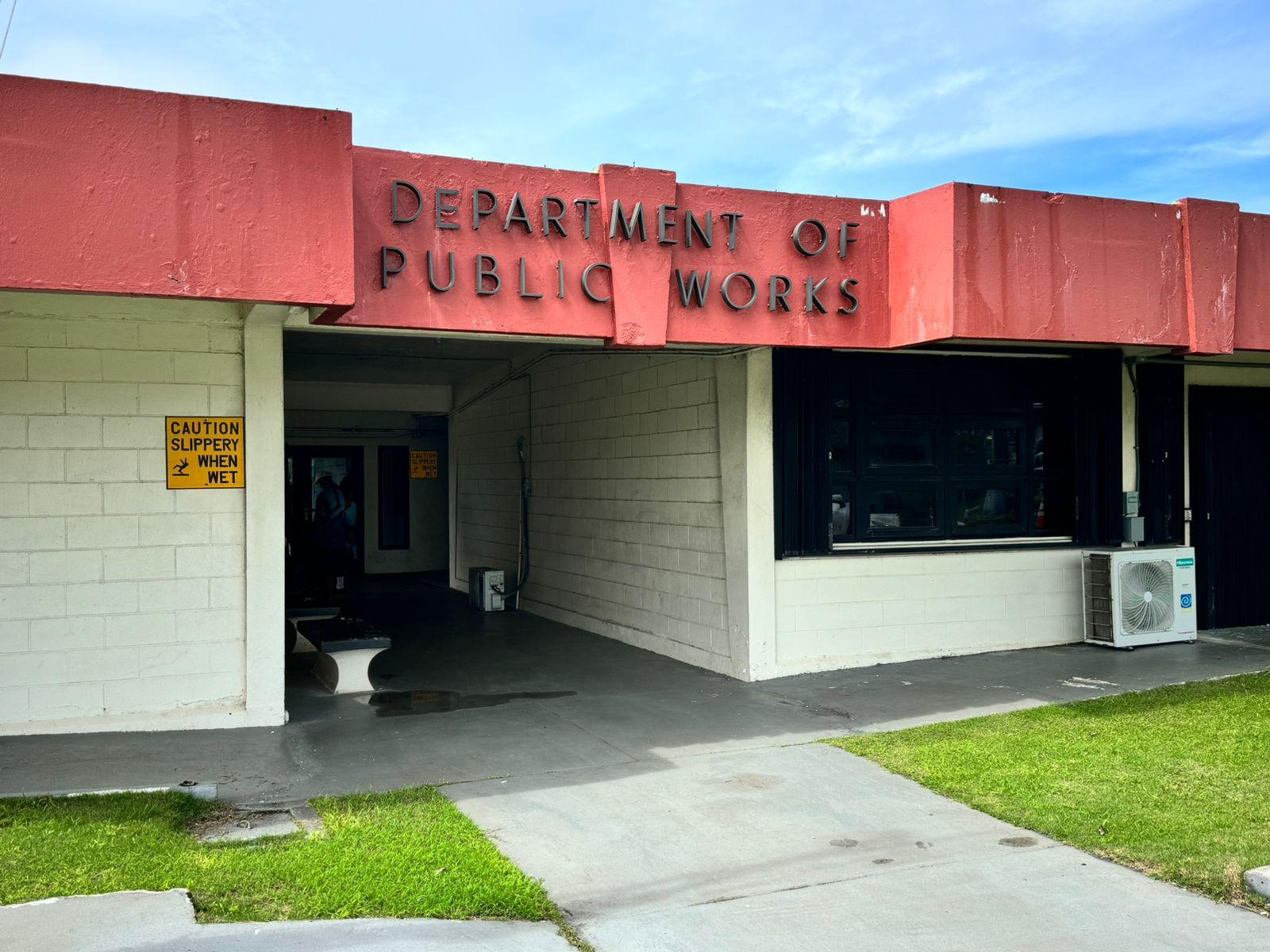
Another issue DPW officials are finding is that homeowners sometimes bypass official permitting processes, leading to more complications. Benny R. San Nicolas, DPW’s acting administrator for building inspection and permits said, “Some people come in here for a shed, and when we go out there, it’s a two-story house.” He explained that such violations often surface when property owners request house numbers, which in turn requires a completed permitting process. “We try to work with people before it goes to legal,” he said, emphasizing that DPW’s primary aim is compliance, not penalization.

For safety and accountability, DPW requires property owners who build without a permit to undergo a rigorous certification process. This involves submitting documentation from licensed engineers and contractors to certify that the construction meets safety standards. If owners comply, they can proceed with final permitting; if not, legal action may follow.
San Nicolas said many of the improvements DPW is working on “should have been done a long time ago” he said. He described how DPW is now addressing issues where it finds unapproved constructions, saying, “we’re catching everything…how did that pass? Or how did you get that? Who did that? Who approved that?”
San Nicolas explained that currently, there aren’t penalties for violations. “Not that we know of right now,” he said, adding that DPW hasn’t pursued such measures since he joined. “I try to work with the people,” he said, aiming to help them avoid the legal process. Instead, he encourages cooperation. He mentioned that many residents have appreciated this approach, seeing it as “a blessing” when they thought they had “given up,” but he reassured them, saying, “we can still help you…we’ve just got to follow procedures.”
To improve coordination, San Nicolas emphasized the importance of meeting with village mayors, who often call DPW to help residents obtain house numbers. “If we can meet with the mayors…and explain to them that we have standard operating procedure to help streamline communication and avoid conflicting instructions."
San Nicolas also plans to coordinate with other agencies like the EPA, Guam Fire Department, Waterworks, and land management. He described organizing a community meeting to review overlapping responsibilities, particularly noting the importance of fire inspections. “I want to question when they go out there and they do fire inspections…some things…still need to be addressed,” he said, underscoring that progress has been made, but “this is all a work in progress.”
Address tracking has also posed challenges, particularly with unpermitted homes. Clarissa Guevara, supervisor of DPW’s permitting office, said DPW is working with village mayors to assign names to unnamed streets and incorporate these into Guam’s geographic information system (GIS). “We still have streets that haven’t been named for 40 years,” Guevara explained. She highlighted how some self-constructed properties, which never went through DPW, lack formal addresses.

The GIS system, developed in collaboration with the Bureau of Statistics and Planning, integrates various layers, including power and water infrastructure, to aid emergency responders in locating properties even when addresses are not available. Guevara noted that Guam Fire Department relies on utility address points for navigation, ensuring that emergency response is unaffected by gaps in the official address registry.
The updates also aim to streamline loan processing for typhoon-related damages, as the U.S. Small Business Administration requires verified addresses. Guevara said DPW saw a surge in house number requests after the typhoon, with most residents willing to comply to expedite their loan applications.
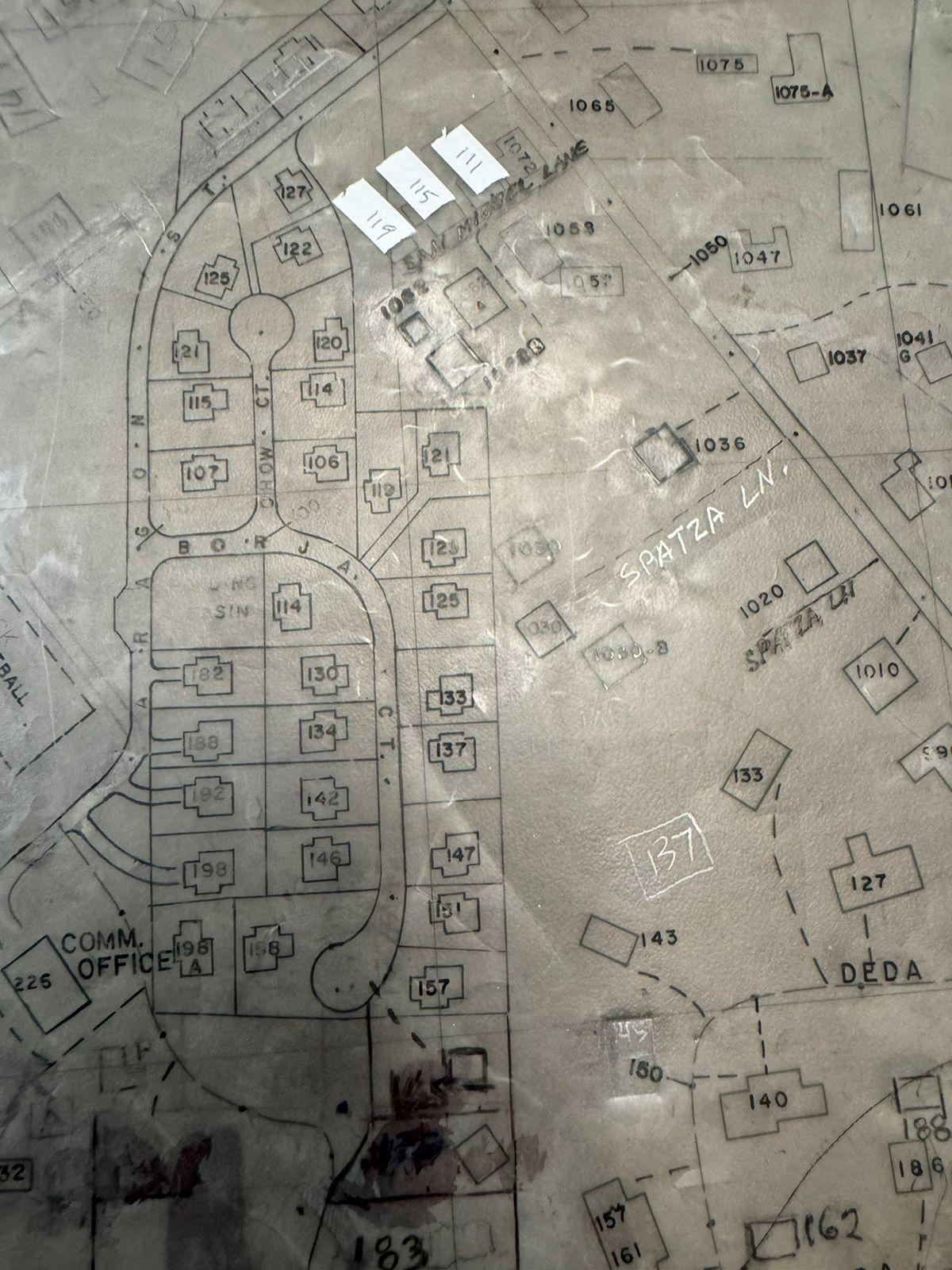
As it stands, DPW plans to enhance its mapping and address system to keep pace with new developments. Guevara said, “We’re working closely with developers and mayors to ensure new streets and homes are accurately tracked from the start.”
For a street name to be implemented into the current system, each village mayor’s municipal planning council submits a resolution to Guevera’s office. Guevara explained that she is currently working with some of the mayors because her office continues to see customers to come in and request a street name change. San Nicolas has already met with the Mayor’s Council of Guam to address mapping concerns and plans to continue that dialogue. She said, “Right now we’re trying to get the developers to speak with the mayor’s office when they start an area to ensure that planning happens earlier in the process.” mbj
















